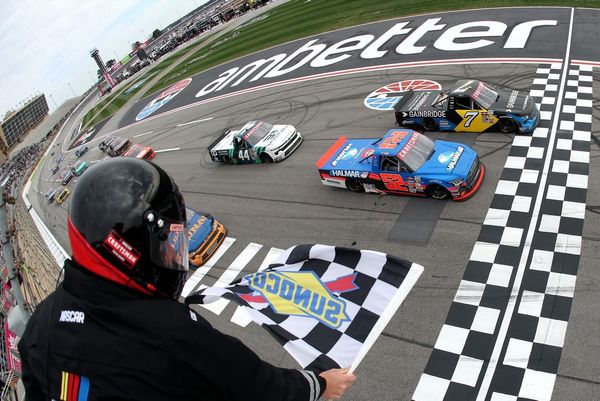
Transport Secretary Grant Shapps working on a BP EV charging point
(Picture: Department for Transport)The electric vehicle market in the UK will be powered up by a further £1.5 billion investment in charge points by the end of the decade, it has been announced.
Energy giant BP is set to spend an extra £1 billion to triple its number of charge points by 2030 from 9,000 to close to 30,000, while in a separate initiative, the UK government will channel an extra £500 million into the market to increase the number of its charging points tenfold to 30,000 by the end of the decade.
Richard Bartlett, senior vice president at BP electric vehicle arm BP Pulse, said: “This £1 billion investment is vital to provide the charging infrastructure the UK needs.
“This investment allows us to deliver more. More high-speed charging in dedicated hubs and on existing fuel and convenience sites. More home charging services. And crucial enhancements to our digital technology that will make charging fast, easy and reliable.”
BP said that the investment would “enable the deployment of more rapid and ultra-fast chargers in key locations”.
Under the plans for the government scheme, operators of the charge points will have to ensure that drivers can pay by contactless card and can compare electricity prices. The UK currently has just 30,000 public electric vehicle charging points. Transport Secretary Grant Shapps said the government was “powering up” the switch to electric vehicles.
He added: “We’re ensuring the country is electric vehicle-fit for future generations by the end of this decade, revolutionising our charging network and putting the consumer first.”
The Department for Transport (DfT) insisted that the number of charge points in situ by the end of the decade would be equivalent to almost five times the number of fuel pumps on UK roads today.
Graeme Cooper, head of future markets at National Grid, commented: “Getting the right charging infrastructure in place by 2030 is one of the essential steps that will encourage consumers and businesses to move to electric vehicles.”
The government will end the sale of new petrol and diesel cars and vans by the end of the decade.







